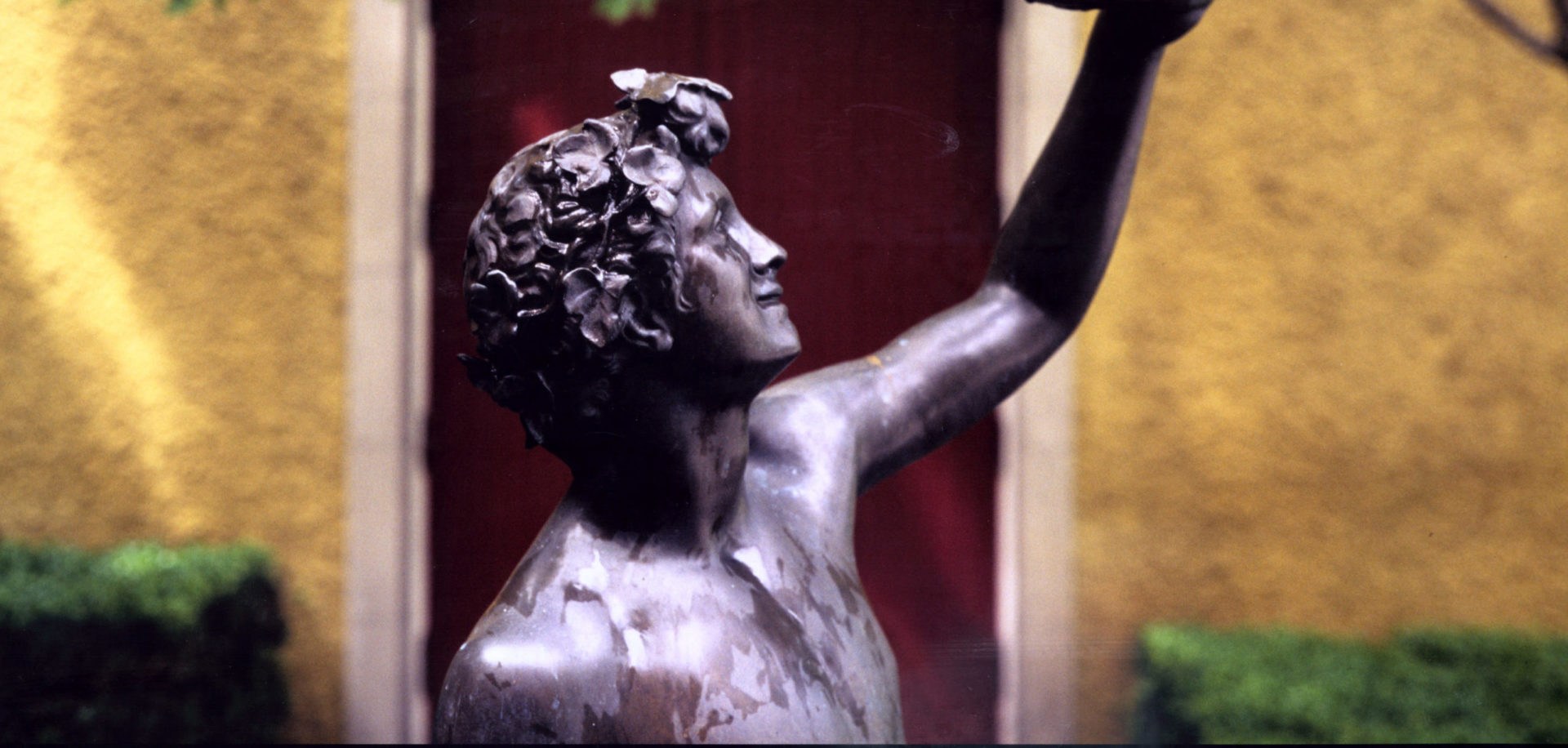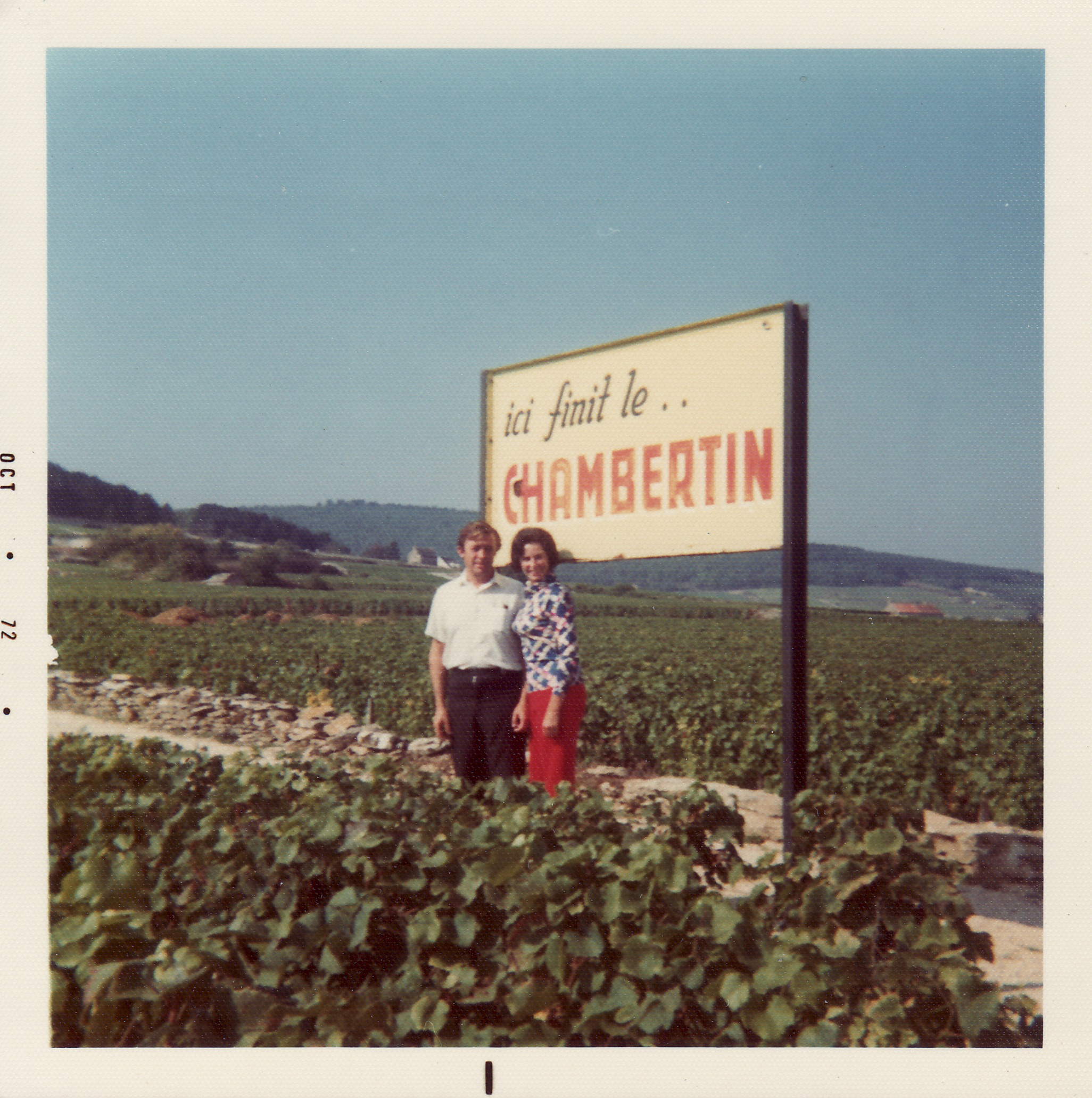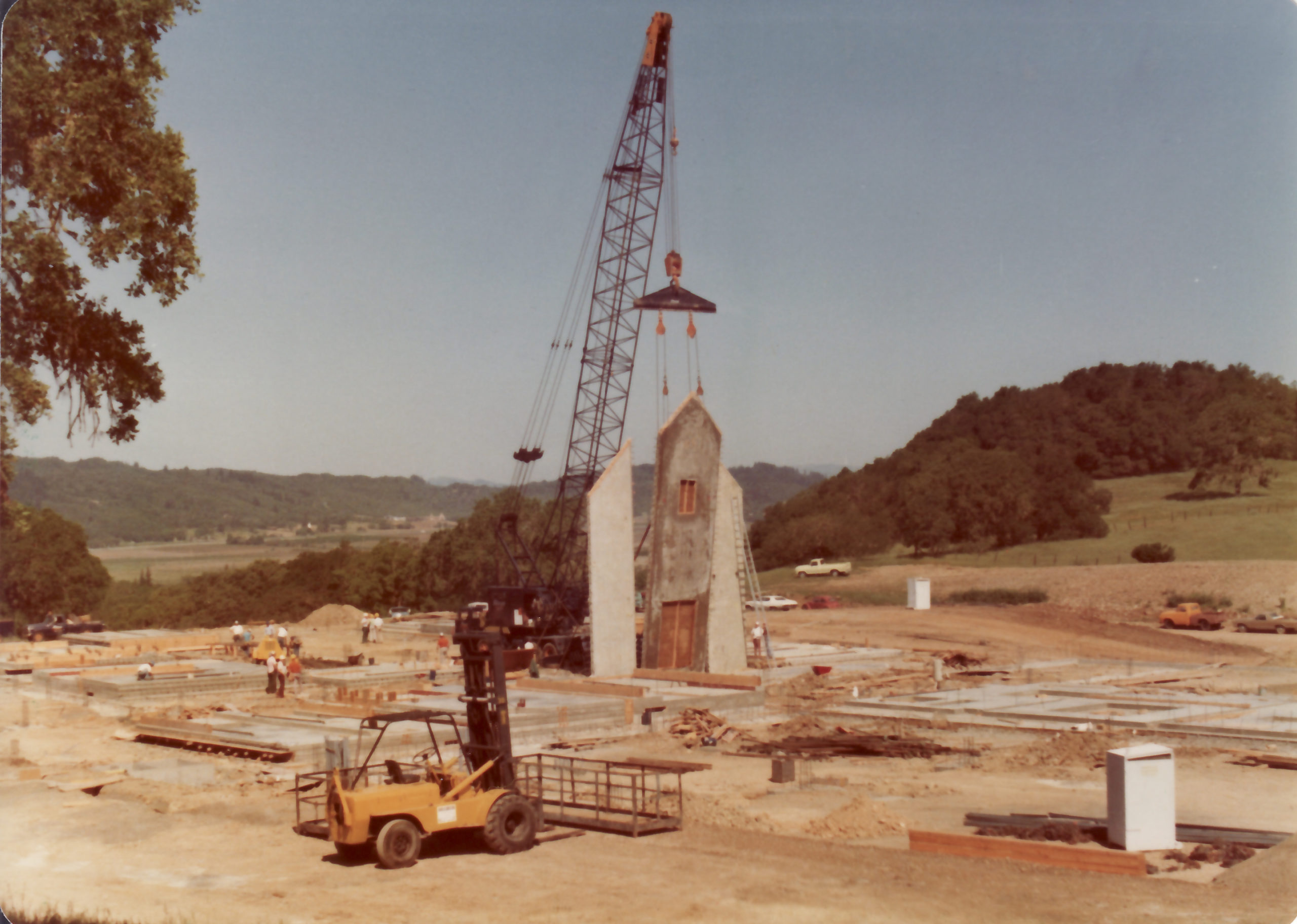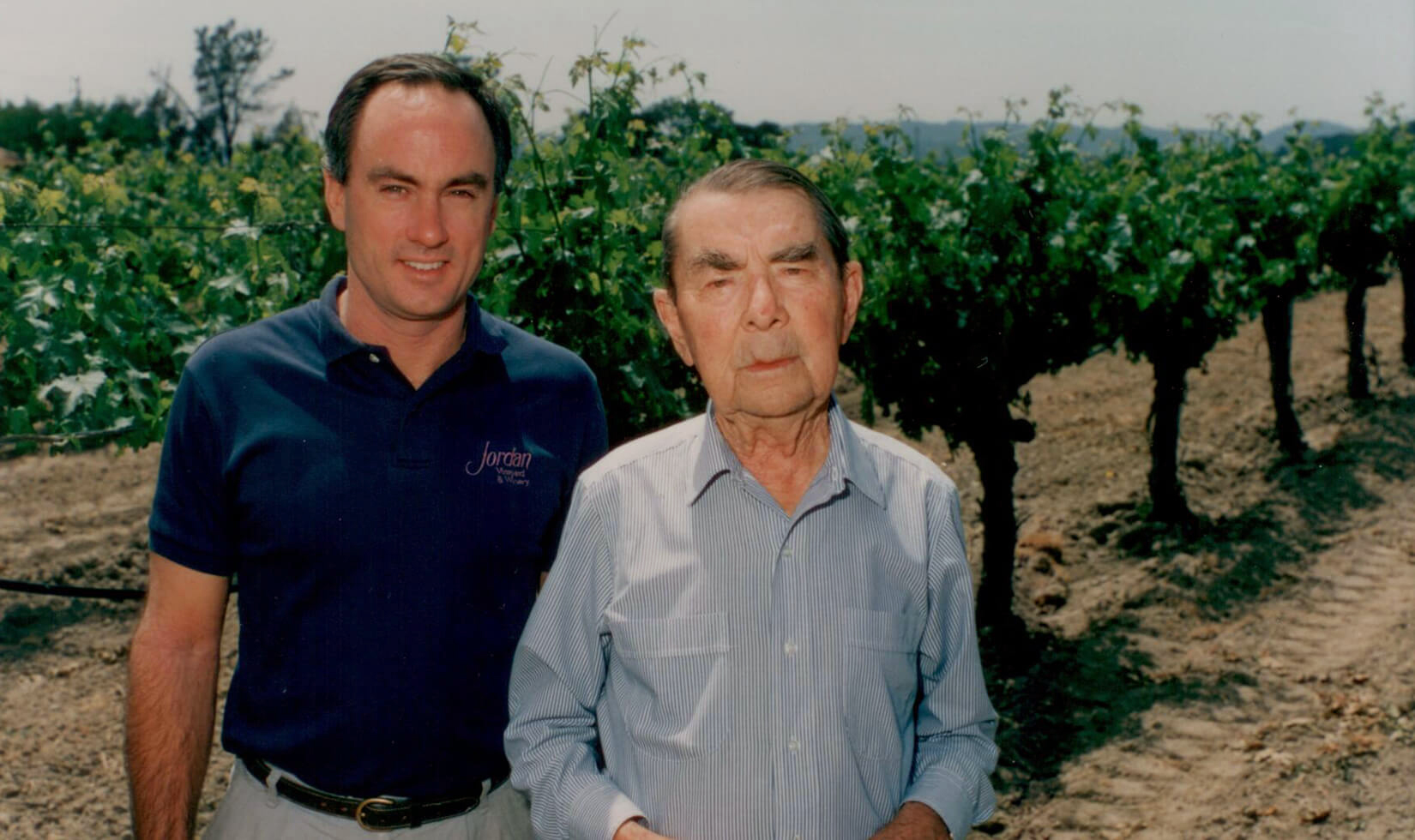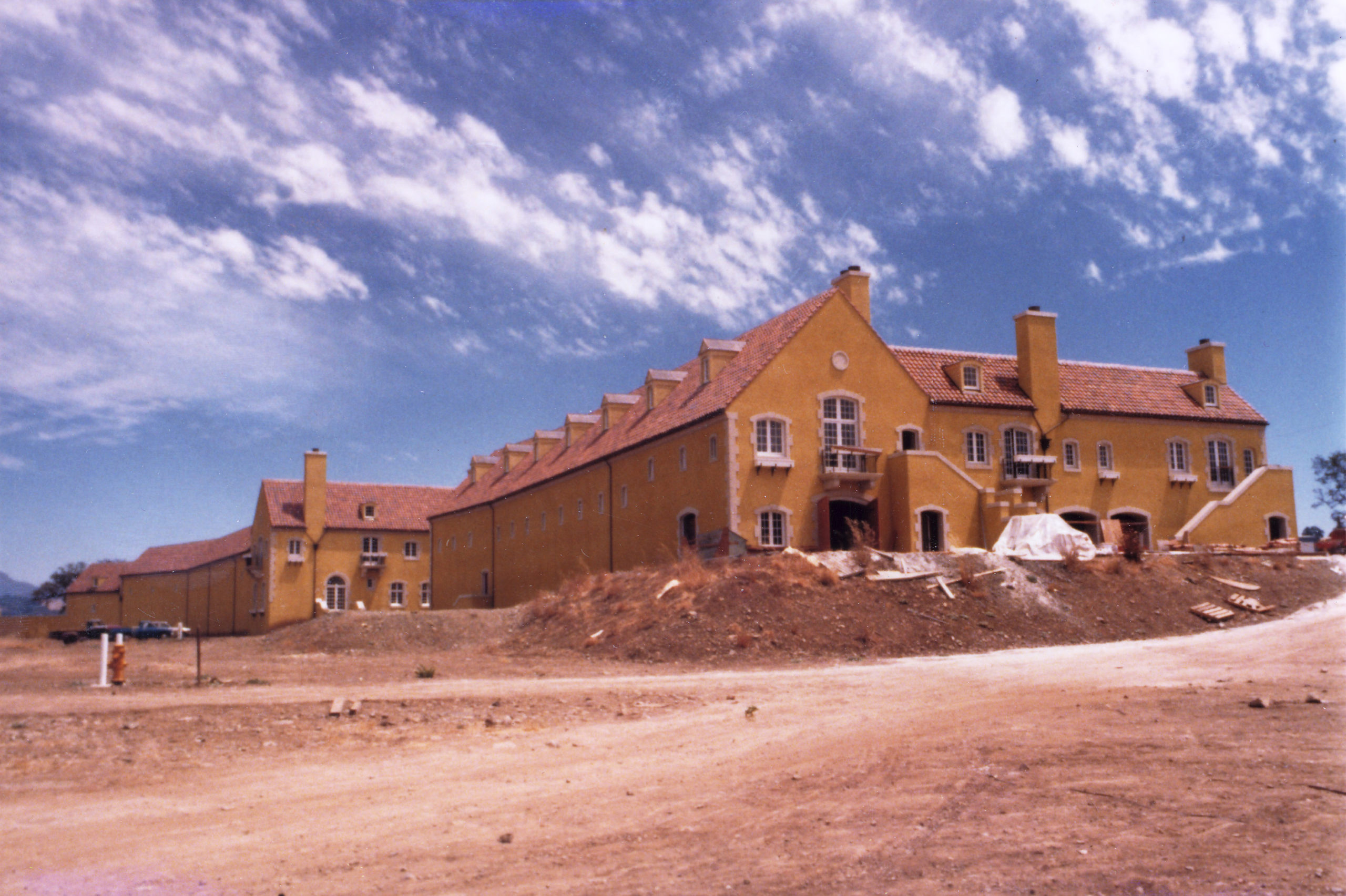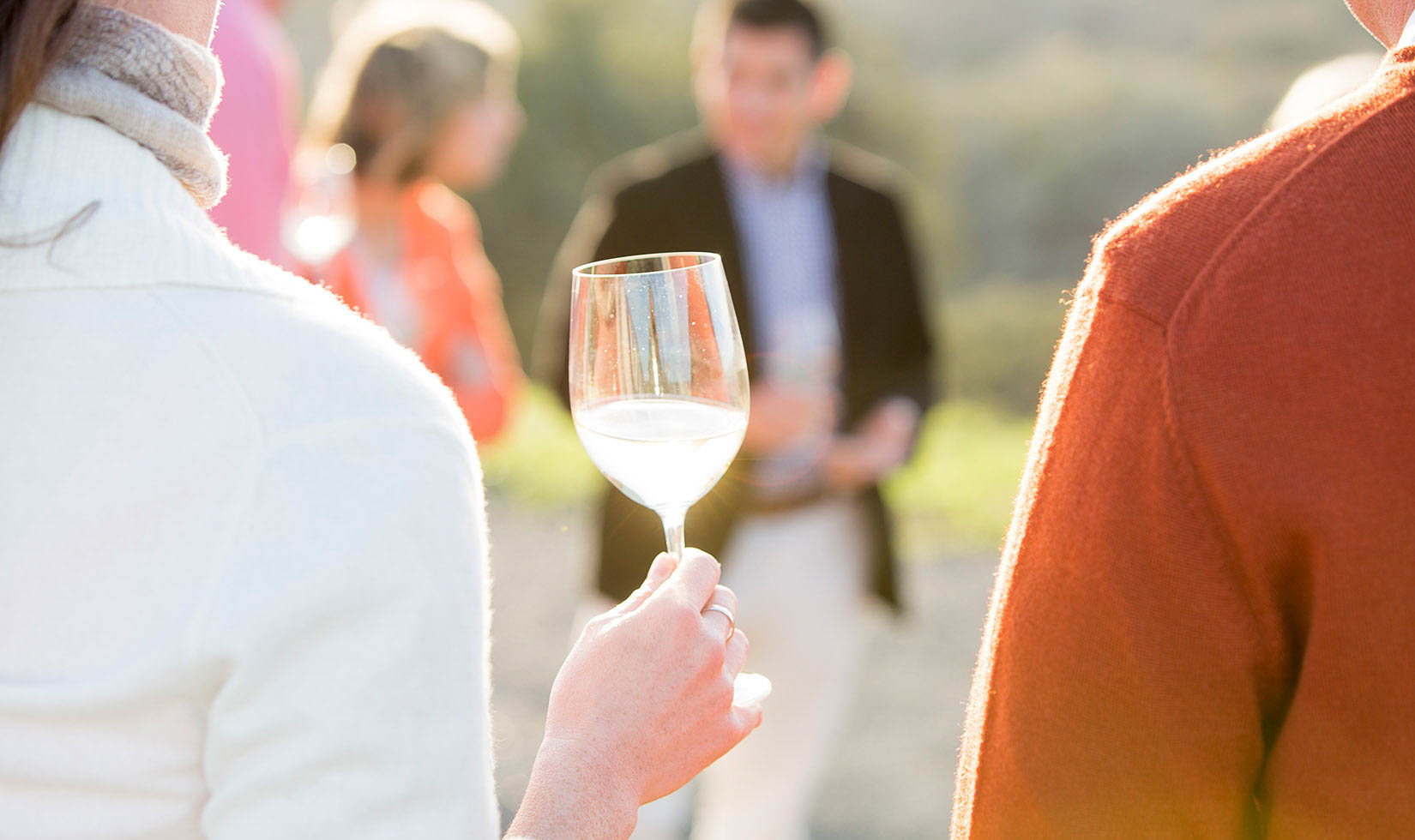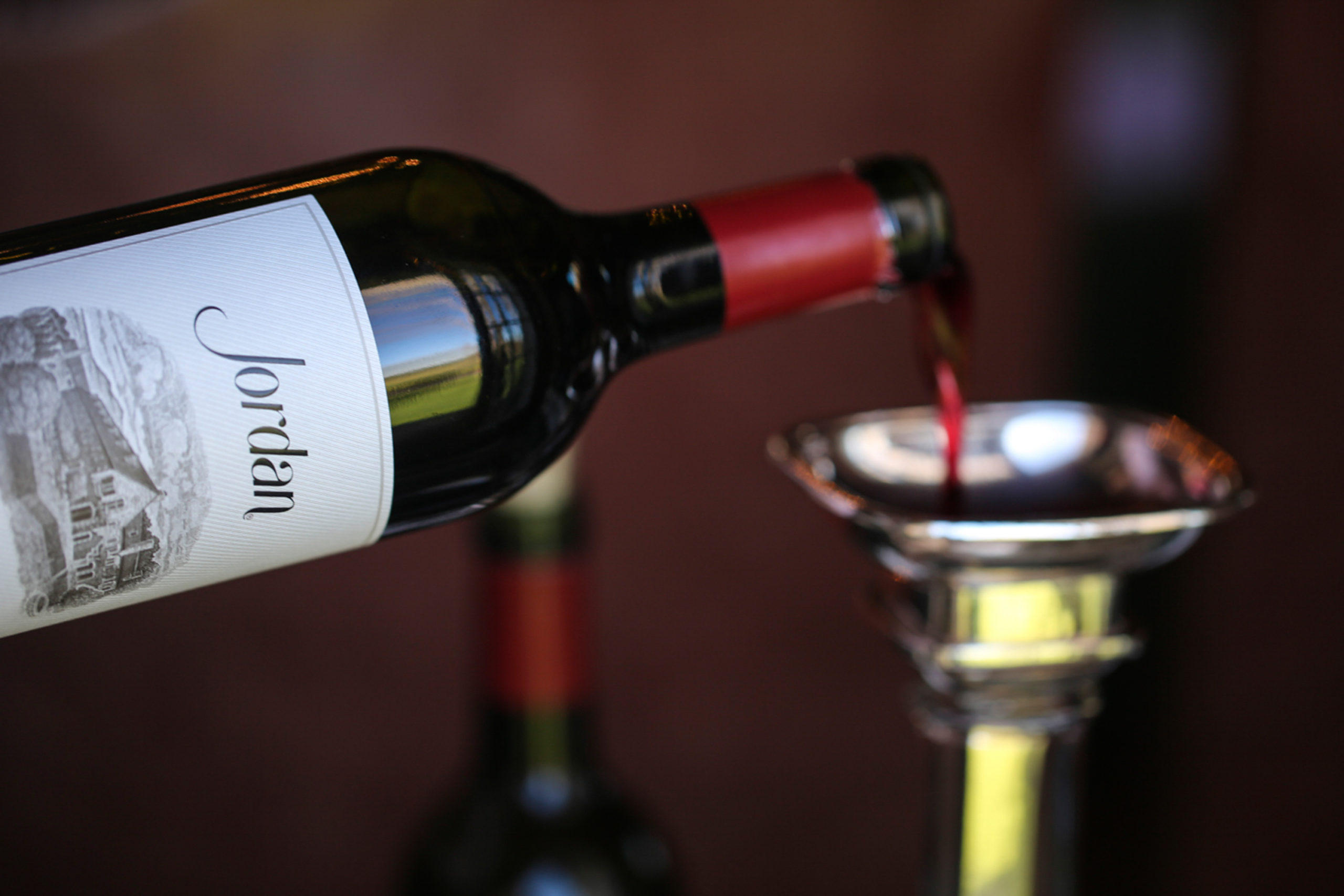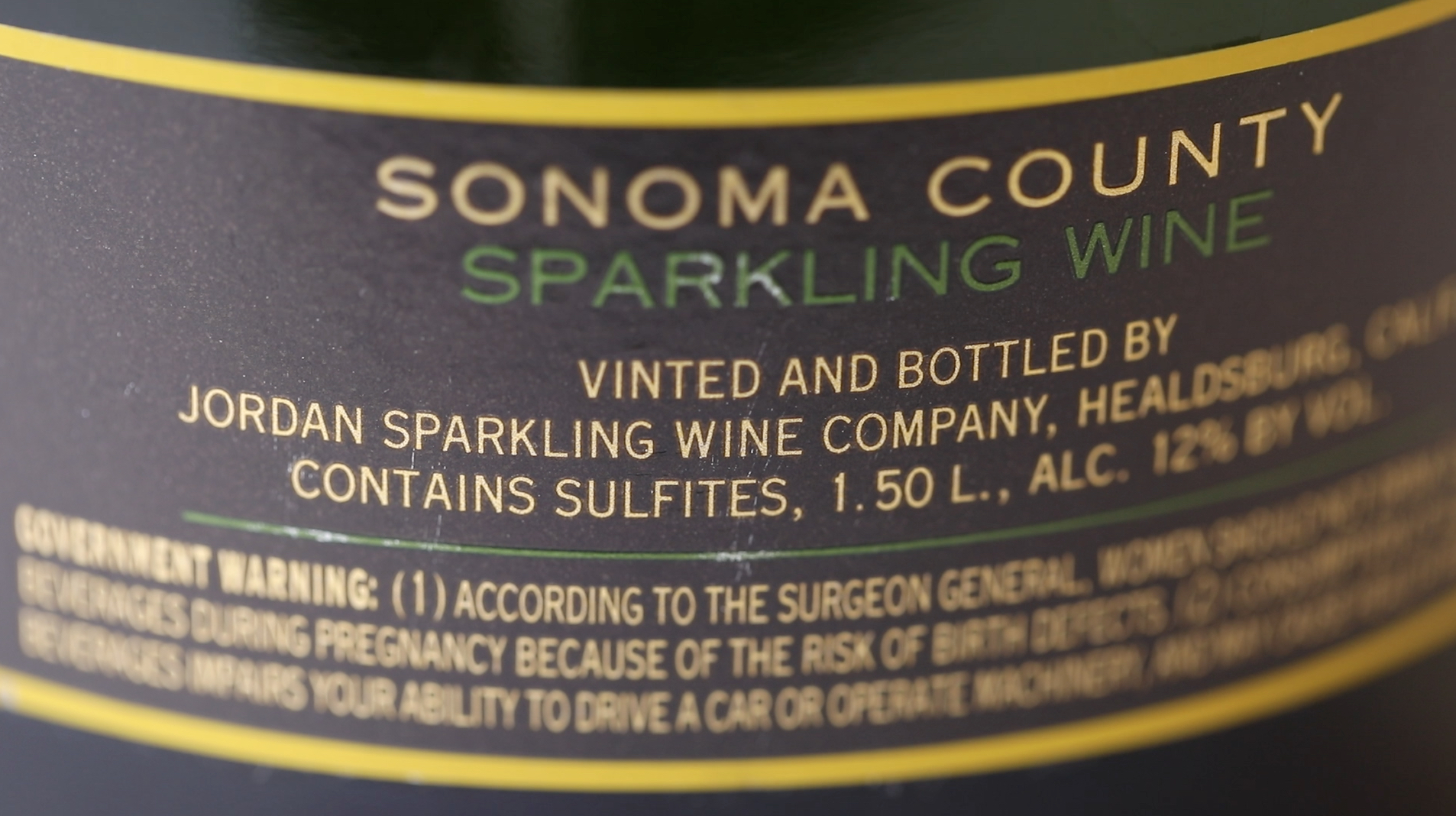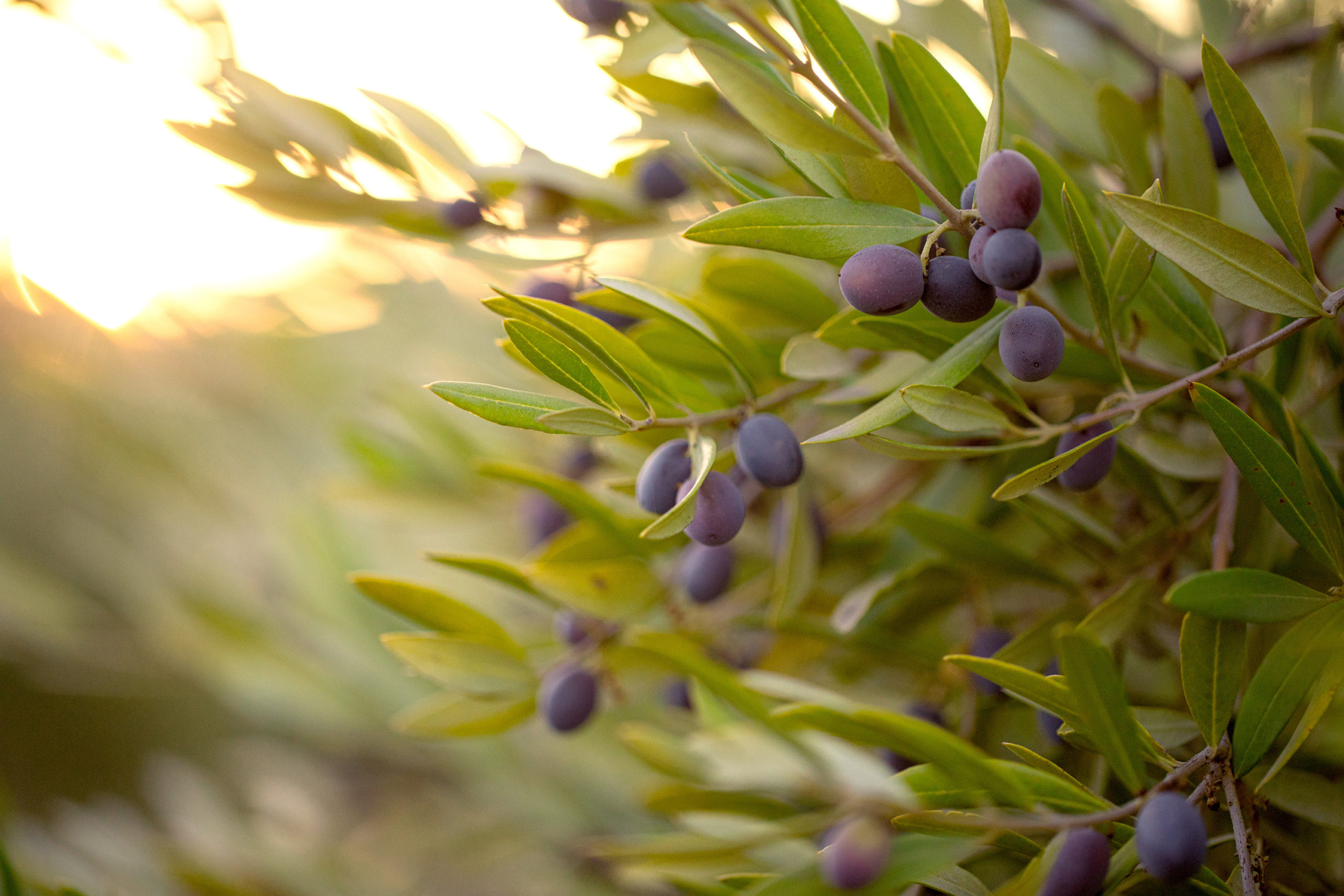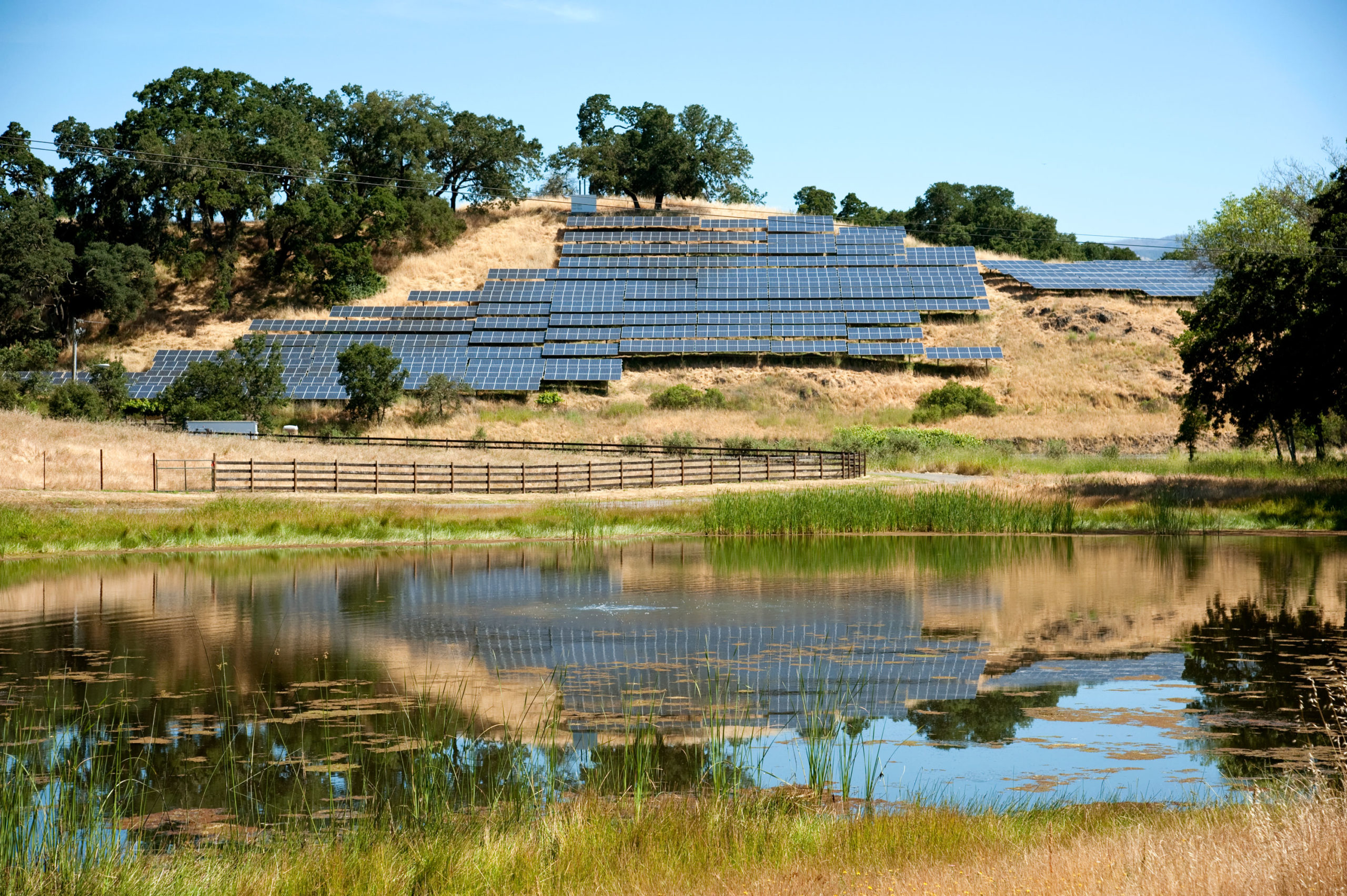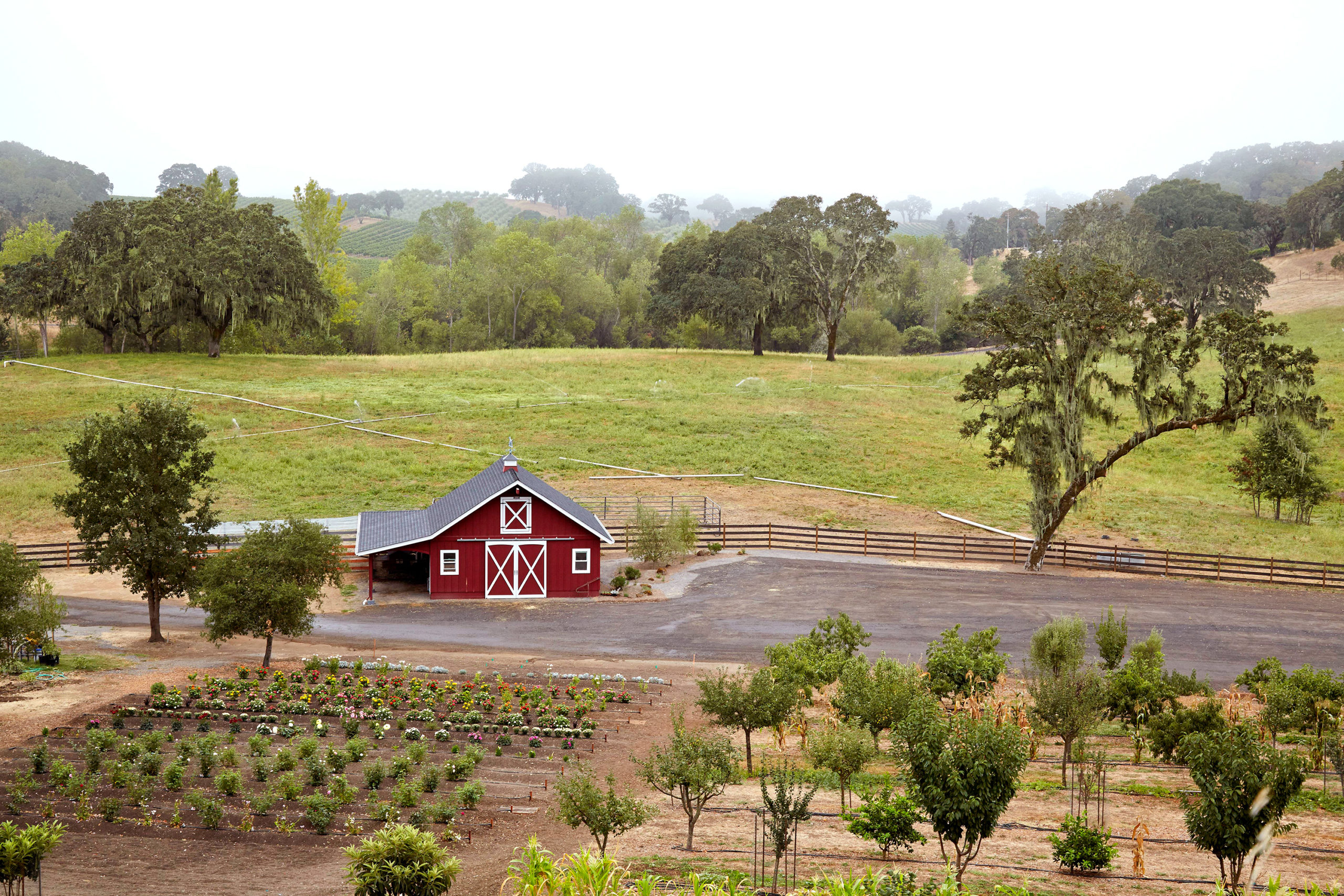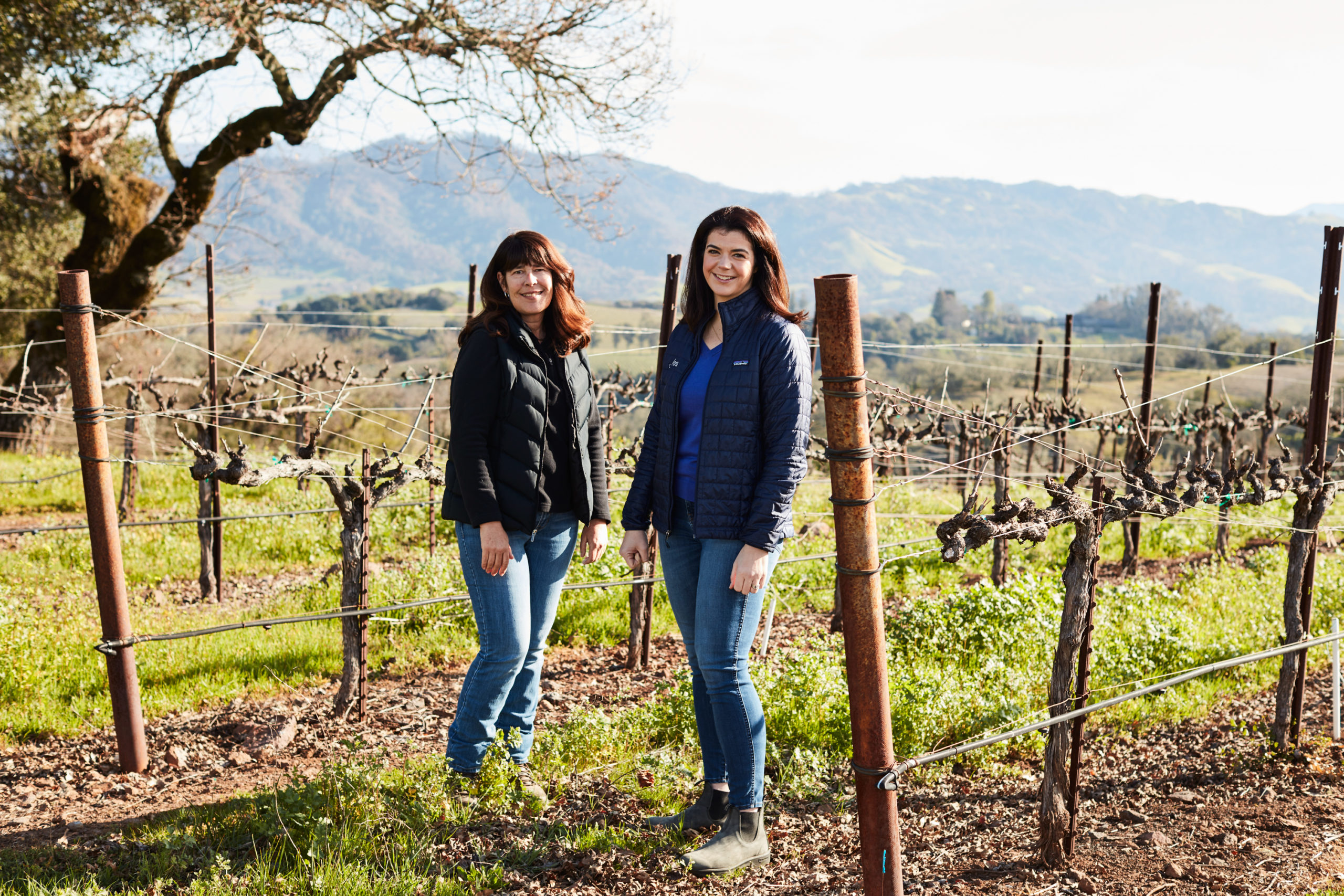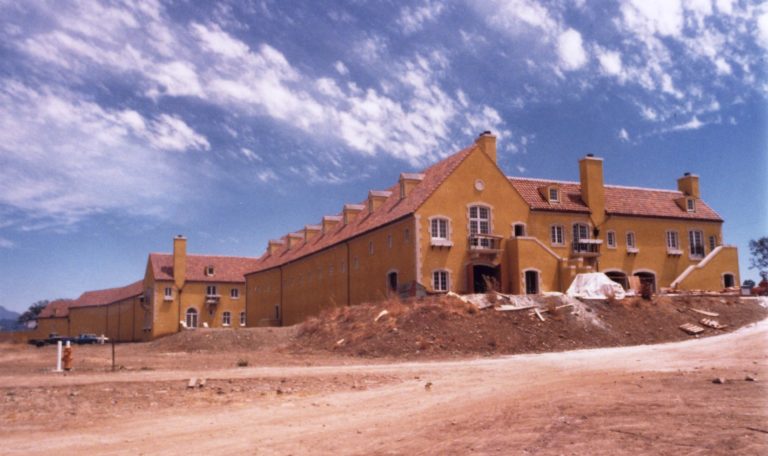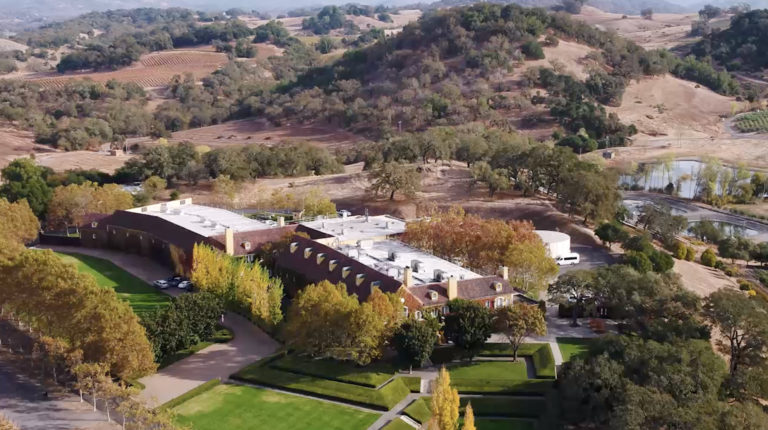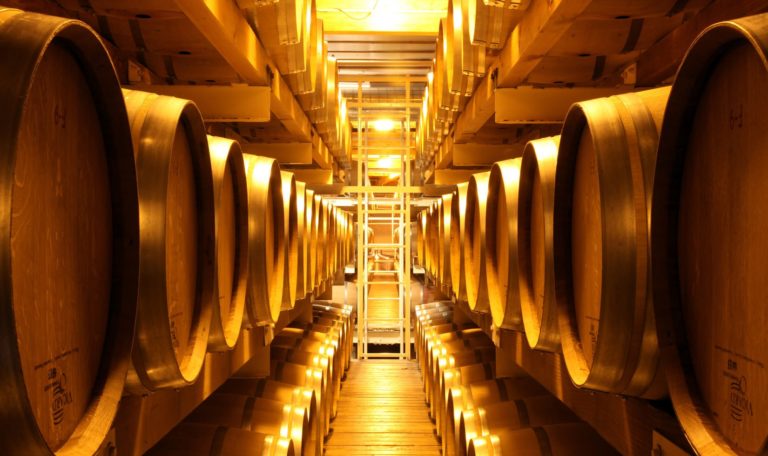In 1972, Tom and Sally Jordan, a young couple from Colorado who shared an unbridled enthusiasm for French food and wine, followed their hearts to California’s wine country. This is the story behind how Jordan Winery was born and became one of the most popular wines in American restaurants. Today, Jordan is owned and operated by their son, John.
A French-Inspired Dream
When Tom and Sally married in 1959, they dreamed of being vintners together. Francophiles, they drank virtually only French wines, enjoyed French food that Sally diligently learned to cook, and traveled throughout France, wining and dining their way through every region. In the 1950s there weren’t any restaurants of note in their hometown of Denver, so the Jordans either traveled abroad or entertained at home for culinary experiences.
The two knew a winery would one day be in their future, but ironically never seriously considered starting one in France. Then one night while enjoying their first glass of Beaulieu Vineyard Georges de Latour in San Francisco, they had an aha moment: They could realize their very French winemaking vision in Northern California.
The landscape they encountered on their first foray into Wine Country would be unrecognizable to most visitors today. The rolling, pastoral hills of Sonoma County were dotted with cattle and fruit trees with nary a vineyard in sight. And it wasn’t much more developed over in Napa, where prune orchards outnumbered vineyards and Robert Mondavi had only founded his eponymously named winery six years earlier.
But Tom and Sally were undeterred by the rustic surroundings when they discovered a remote piece of property in the Alexander Valley. In May of 1972, they signed the deed, and coincidentally on the very same day, their son, John, was born.
The Jordans brought sophistication and elegance with them to California…and a dream. They parlayed hard work and vision into a chateau winery in emulation of France’s finest. They set a standard for California-produced world-class wine and hospitality—a standard which is still held at Jordan Vineyard & Winery today.
Bringing the French Chateau Vision to Life in Calfornia
Fulfilling that vision began with a vineyard. After taking ownership of their property, Tom and Sally quickly removed the prune orchards and planted more than 200 acres of vineyards on the valley floor. The Jordans spared no time or expense as they methodically began the steps to produce a single wine, modeled after the first growth philosophy of Bordeaux. As such, they planted only cabernet sauvignon and merlot grapes.
Within two years, the time arrived to contemplate a winery. The Jordans then orchestrated a masterful deal to trade a bucolic property in Oregon for about 1,200 acres of pristine Alexander Valley hillsides, overlooking (in the French tradition) their fledging grapevines. While their vineyards began to take root, the Jordans turned their attention to building a magnificent home for their singular red wine—a chateau that would transport visitors to France without leaving California. They secured the services of San Francisco architect Bob Arrigoni in 1974 and began the construction of a 58,000-square-foot chateau devoted equally to winemaking and entertaining, knowing hospitality would be their primary marketing tool.
Building the chateau was no small feat. A road was needed, a bridge had to be built for heavily laden grape-bearing gondolas and the rugged-country site needed to be prepared—and its rusticity respected. And yet, it took less than 18 months to complete. Miraculously the production wing of the winery was finished one week before the 1976 harvest—Jordan’s first.
Finding the Jordan Winemaker
To make the estate’s singular wine, the Jordans hired an enology consultant in 1974—André Tchelistcheff, architect of the Beaulieu Vineyard flagship wine that had changed their lives forever. André’s experience and talent for expressing terroir in a wine were unparalleled and like Tom and Sally, André adored the balanced wines of France—and recognized the potential of their Alexander Valley estate.
It was under André’s direction that fermenters, oak tanks and barrels were selected and installed. He oversaw the procurement, placement and operation of the picker-stemmer and presses—his imprint on Jordan winemaking is still visible today.
Among the many long-lasting impressions André made on Jordan was the hiring of a young winemaker, Rob Davis, to work the inaugural 1976 vintage. While André and Rob were overseeing the production of Jordan Cabernet Sauvignon, a French chef, Henri Charvet of Aix–en-Provence, became Jordan’s first executive chef.
From the beginning, the Jordans were determined to make an elegant, fruit-forward Cabernet Sauvignon with silky tannins that could be enjoyed in its youthful state or be cellared for years to come. In doing so, the Jordans took a big risk. No one in California was producing wines that focused on balance between fruit, acid and tannins to such great extent—and 80 percent of the wine consumed in America was white. But their relentless quest to do so brought rewards.
Continuing Construction at Jordan Estate
While the 1976 vintage aged in barrel, construction continued throughout the chateau. The Jordans traveled back and forth from Colorado frequently, monitoring the progress. The kitchen, dining room and guest suites in the hospitality wing of the chateau, which graces the iconic Jordan wine label, were completed in 1978. Building a home in California was their next project, and the young family permanently relocated from Colorado in 1979, even though construction wasn’t entirely complete. Some of John’s earliest memories are the nights he spent sleeping in the lobby reception office, where he sometimes passed the winemaker in the stairwell on his way to brush his teeth before bed. Family pets were pampered with temporary lodging in the guest suite bathrooms. That same year, the first vintage of Jordan Chardonnay was harvested, made from grapes planted on the estate in 1977.
During this spree of activity, Tom and Sally’s oldest daughter Judy was attending college at Stanford.
A New Era for Wine Country Hospitality
When the Jordan Winery chateau was unveiled in 1979, it was clear no detail had been overlooked. The Jordans had designed it to elevate the importance of the marriage of food and wine as evident in the proximity of the kitchen and dining room to the cellar. It was nearly unheard of at that time for a winery to have all three, especially under the same roof. In fact, wine tourism didn’t exist, so the concept of even having a winery chef was foreign in Sonoma County.
The Jordans knew hospitality would be the critical pillar of their marketing and wanted the winery to reflect this. The actual working part of the winery had been designed to accommodate André’s requirements, but the hospitality wing was designed to showcase Jordan wines and to create such a strong impression on guests that they never forgot where they were or what wines they were enjoying.
At a time when wineries were just starting to open tasting rooms, Jordan was the first to create an experience. Guests were welcomed into the dining room with views of the estate from every window. Inside, the surroundings were equally stunning. There were exposed beams and deep plaster walls, unimpeded French doors, authentic Provencal tiles, Madeira linens designed especially for the winery, baronial tables, antique silver candelabras, Baccarat crystal and period French decor—all combining to immerse guests in the Jordan vision.
Not unlike the Camelot of Jackie and Jack Kennedy, with the completion of the chateau, the talents of Chef Charvet and the imminent release of their wine, Tom and Sally ushered in a new era of sophistication that Sonoma had yet to experience. For months leading up to the inaugural vintage’s release in 1980, the Jordans introduced restaurateurs, journalists and dignitaries to what would become a benchmark for wine country hospitality. Guests sipped the finest Bordeaux with meals prepared by the winery chef. Fueling anticipation, no Jordan wines were served before the national release. When the 1976 Jordan Cabernet Sauvignon debuted in 1980, its silky-smooth style was received with critical acclaim.
Becoming a Benchmark for California Cabernet Sauvignon
Within three years of its inaugural release, Jordan’s Estate Bottled 1979 Cabernet Sauvignon was awarded “Best Cabernet in America” by the Beverage Tasting Institute in Hyde Park, New York. It quickly became one of the most sought-after wines on restaurant wine lists. In blind tastings by critics, it was often mistaken for, or compared to, the finest Bordeaux.
Much debate occurred among the wine cognoscenti about whether or not Jordan Cabernet Sauvignon would age as long as its French inspiration. At the time, tannin was the hallmark of most California cabernets—and it was considered essential to their longevity. Jordan, on the contrary, was silky and approachable with forward fruit flavors. The seamless tannins had connoisseurs questioning Jordan Cabernet Sauvignon’s ability to age. But Jordan’s fruit effusive style of wine was adored by consumers, chefs and restaurateurs. Within a decade, the impressive longevity of Jordan would be unquestionable.
Creating J by Jordan
Seeking to create a sparkling wine to complement their still wines, the Jordans imported the first French Coquard sparkling wine press in 1986. They named their sparkling wine house J, not knowing which of their children would one day want to pursue this winery. The bottle and now iconic J was designed by Ralph Colona, who had also created the Jordan label.
Infused with a love for winemaking, the Jordans’ daughter Judy took the reins and founded J Vineyards & Winery. By 1990, Judy had purchased a winery south of Healdsburg to house J, one of America’s most respected producers of sparkling wine, as well as still wines.
Winemaker Rob Davis began sourcing chardonnay from J’s Russian River vineyards in 1990. Recognizing the potential of the cold-climate region, Jordan began transitioning away from the warm Alexander Valley for its chardonnay, and officially changed appellations with the 2000 vintage.
The Shift from Estate Bottled
The devastation from phylloxera in the mid-1990s was pivotal in shaping the winery’s future. Out of necessity, Jordan purchased cabernet sauvignon and merlot grapes from family growers throughout Sonoma County—those farmers whose vines were planted on St. George rootstock, which was immune to the destructive root louse. As a result, Jordan Cabernet Sauvignon carried a Sonoma County appellation from 1996 to 2001. The phylloxera tragedy led to the replanting of Jordan’s estate vineyard blocks—and created the opportunity to explore planting vines on the rolling hillsides behind the winery. The Jordans had always loved the untouched, natural beauty of the land surrounding the winery and strived to preserve it through the expansion, planting new vineyards purposefully around the estate’s majestic oak trees.
The intense color and vibrant flavors of the first petit verdot harvest led to expanded plantings of the variety in 2000, which also marked the year of Jordan Chardonnay’s full transition to the Russian River Valley appellation.
Becoming Olive Oil Producers
While waiting for the hillside vineyard blocks of cabernet sauvignon, merlot, cabernet franc, and petit verdot to bear fruit, the culinary program was expanded with the edition of 18 acres of Tuscan olive trees and an ambitious fruit and vegetable garden. The inaugural vintage of Jordan Estate Extra Virgin Olive Oil debuted in 1998, and the first harvest of hillside grapes occurred in 1999—the same year that Jordan became one of the first wineries certified under the Sonoma Green Business program.
Building a Legacy with the Second Generation
John took over full ownership of the winery from his father in 2007. He was determined to make Jordan more eco-friendly through sustainability, to seek more diverse uses of the land, to make guests’ visits as intimate as in the early days and to continue to further elevate wine quality via more precise farming, using both new technology and empirical wisdom.
To that end, a major undertaking to make the estate more sustainable was put into motion. It included such changes as reducing the winery’s energy consumption, composting all of the winery’s organic waste and installing hillside solar arrays to offset about 90 percent of the winery’s electricity usage. Jordan Estate remains mostly open space, left wild for the flora and fauna. Pollinator sanctuaries have even been created to provide more habitat for at-risk pollinators, such as native bees and the Western monarch butterfly.
Another huge project was a multi-year exploration of the soil, using diverse technology to assess every inch of vineyard ground and beyond. Once the soil was mapped, more effective farming was possible, thus ensuring even greater wine quality.
Investing in Winemaking, Hospitality & Sustainability
John matched the pace his parents set for hospitality, hosting a wider array of visitor experiences than ever before. He continues to offer creative license to executive chef, Todd Knoll, who influenced such decisions as building an apiary for honeybees, creating new outdoor tasting experiences around the property, and foraging more and more ingredients produced or grown on the estate.
In his efforts to be relevant in a new global market, John looked to innovation inside the winery and outside in the vineyards. Jordan was the first winery to create an extensive, in-house videography program for sharing life on the estate and for developing educational videos for customers; it was also the first to enhance restaurant iPad wine lists with winemaker videos. Jordan’s 2011 trials and adaptation with the most robust iPad vineyard management app in the industry further reinforced the venerable icon’s commitment to defend the great traditions of European winemaking and hospitality while embracing technology. The winery has been solar-powered since 2012—the same year that The John Jordan Foundation was founded, aimed at using winery revenue to fight the negative effects of poverty. Sustainability certifications for the winery, as well as for the estate and grower vineyards were pursued and achieved.
And while Jordan’s wines had always earned high praise, including maintaining a top position in the Wine & Spirits Restaurant Poll since its inception in the 1990s, John and Rob forged a path to elevate wine quality even further.
While the estate had always been the focus of the winery’s winemaking program, John and Rob knew they would have to embark on a new quest for fruit-sourcing enhancements if they wanted to raise the quality to greater heights. As a result of a meticulous search, new vineyards were introduced into Jordan’s winemaking program and under-performing vineyards on the valley floor sold, rewarding vintner and winemaker with wines of greater fruit intensity at lower alcohol levels, remaining true to Jordan’s elegant house style. The elevated concentration of fruit flavors led Rob to convince John to transition Jordan Cabernet Sauvignon exclusively to aging in French oak barrels for the first time in winery history, beginning with the 2015 vintage.
Future Leaders of Jordan Wines
After 43 growing seasons at Jordan, Rob retired in 2019, leaving winemaking responsibilities in the capable hands of Maggie Kruse, who worked alongside him for 13 harvests. Rob will likely retain the title of longest-tenured winemaker in Sonoma County history for quite some time. Maggie hired Dana Grande, who once managed the vineyards and olive trees at Jordan, to the new role of Grower Relations Manager.
As the decades unfold, the impact of John’s tenure will be fully unveiled. At the moment, one thing is very clear: Jordan wines have never been better. This relentless quest for higher quality has resulted in a chardonnay with even brighter stone-fruit flavors, mouth-watering acidity and minerality and a cabernet sauvignon wine with a purity of flavors and a silky elegance reminiscent of a Bordeaux grand cru classé.
It’s also abundantly clear that the investments made by both generations of Jordans will continue to benefit wine lovers the world over.
